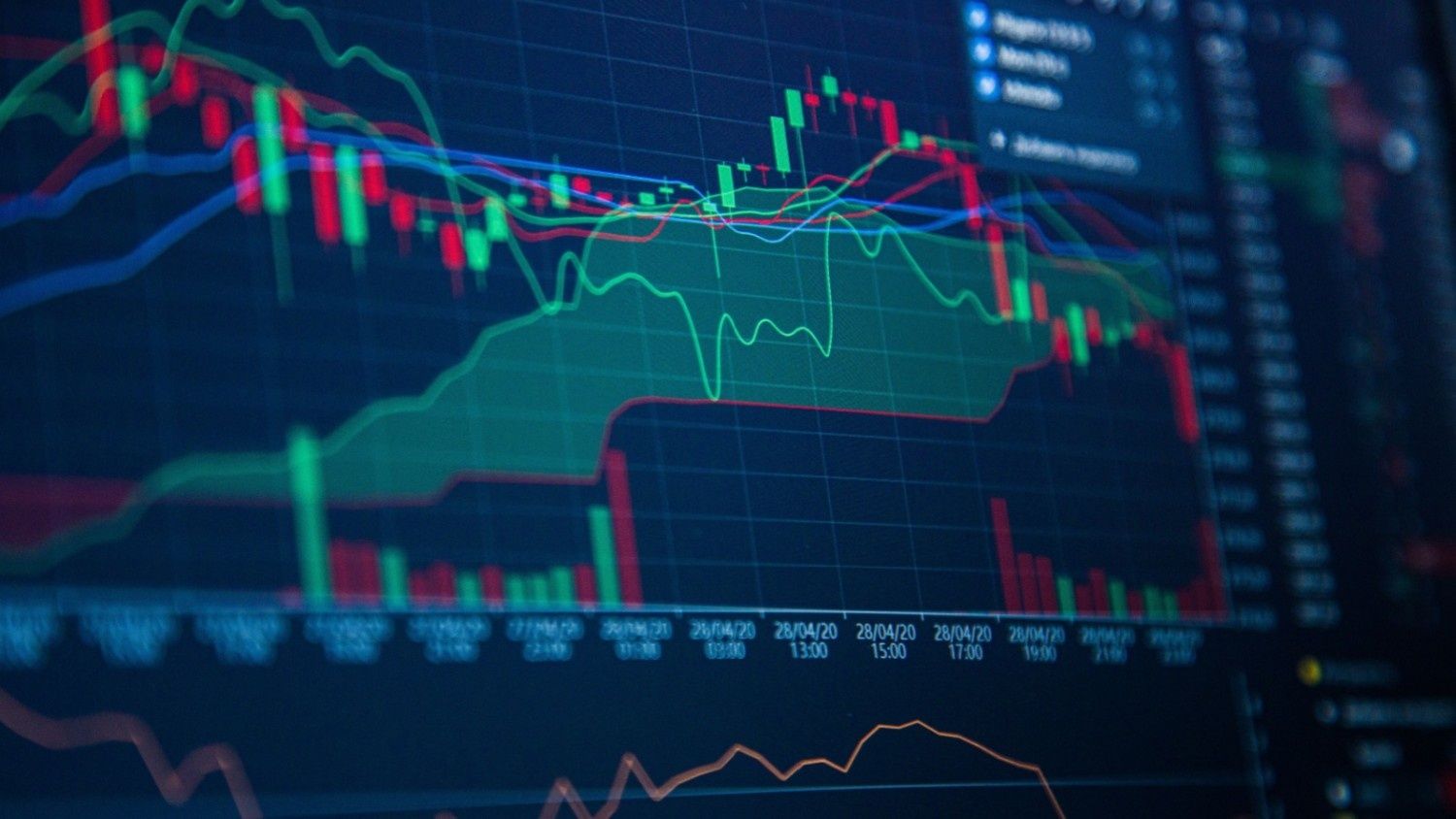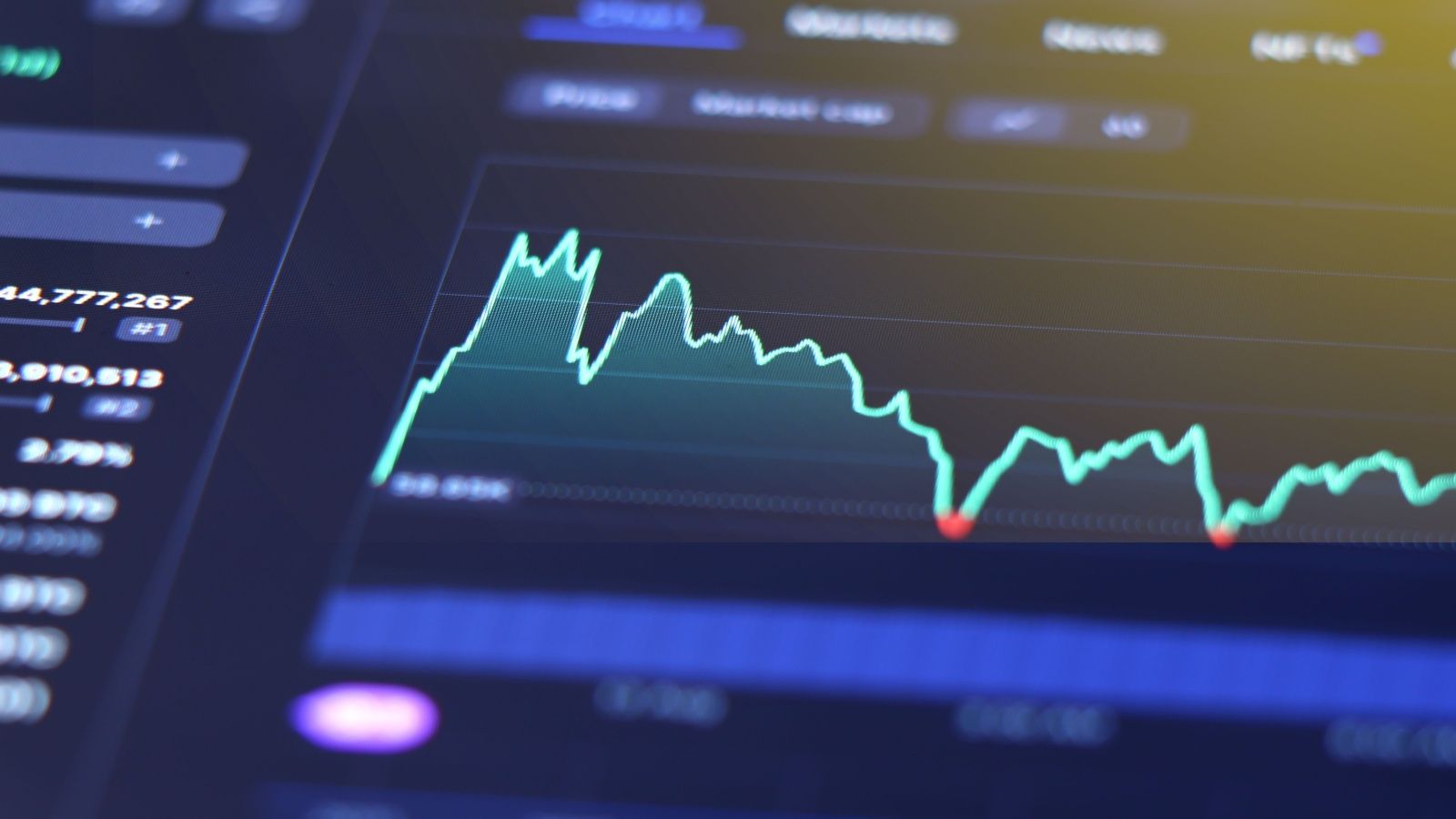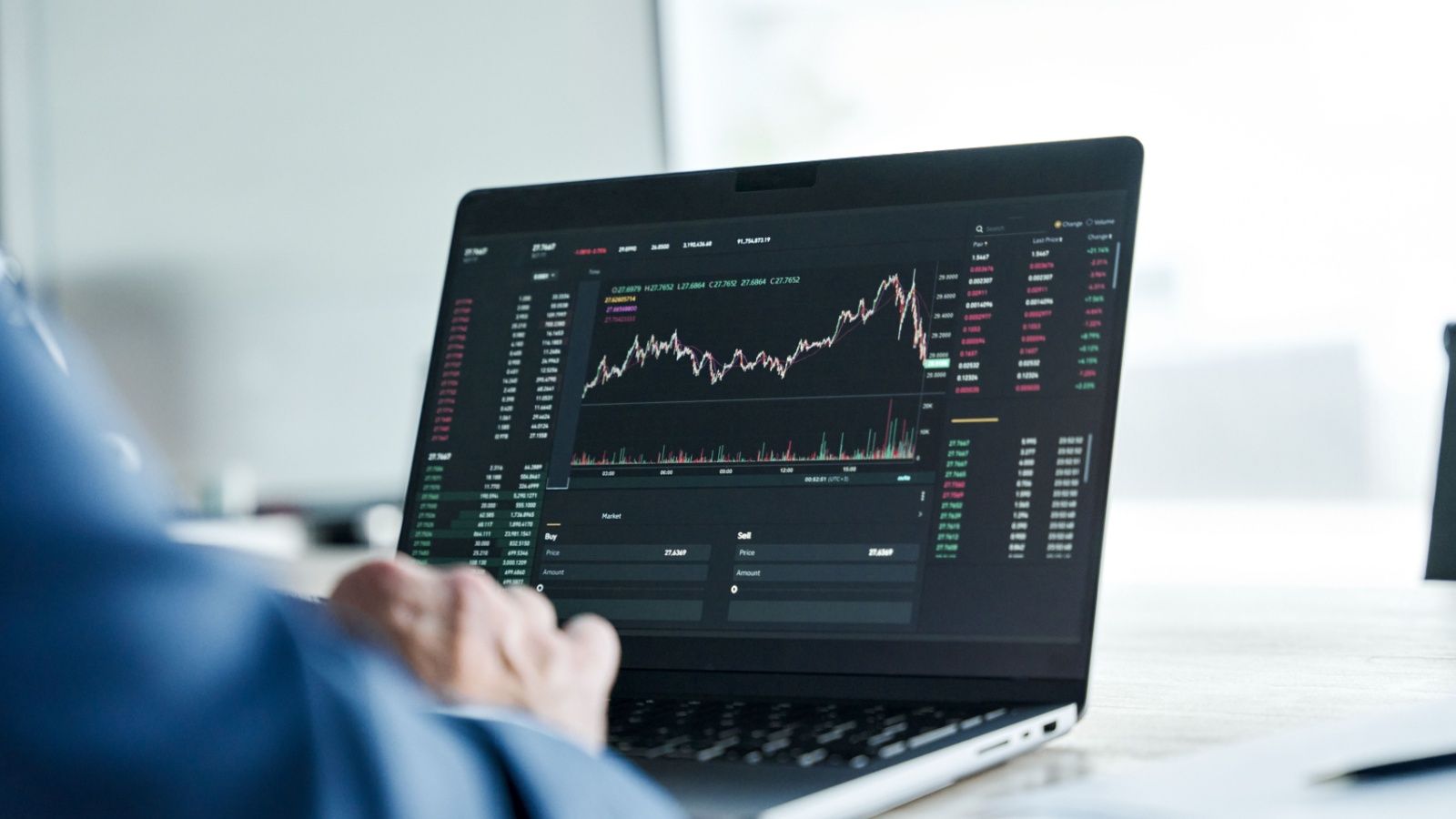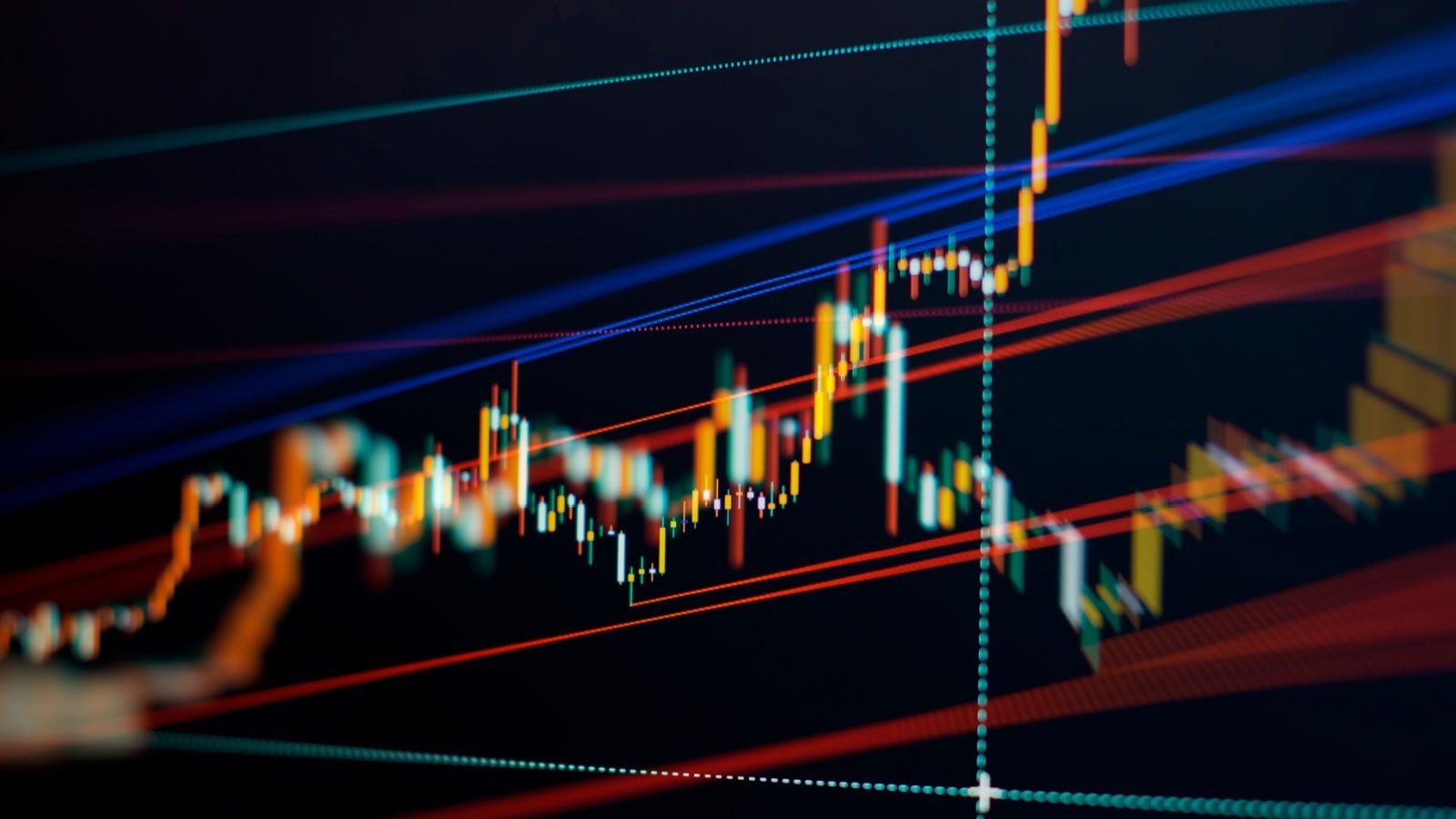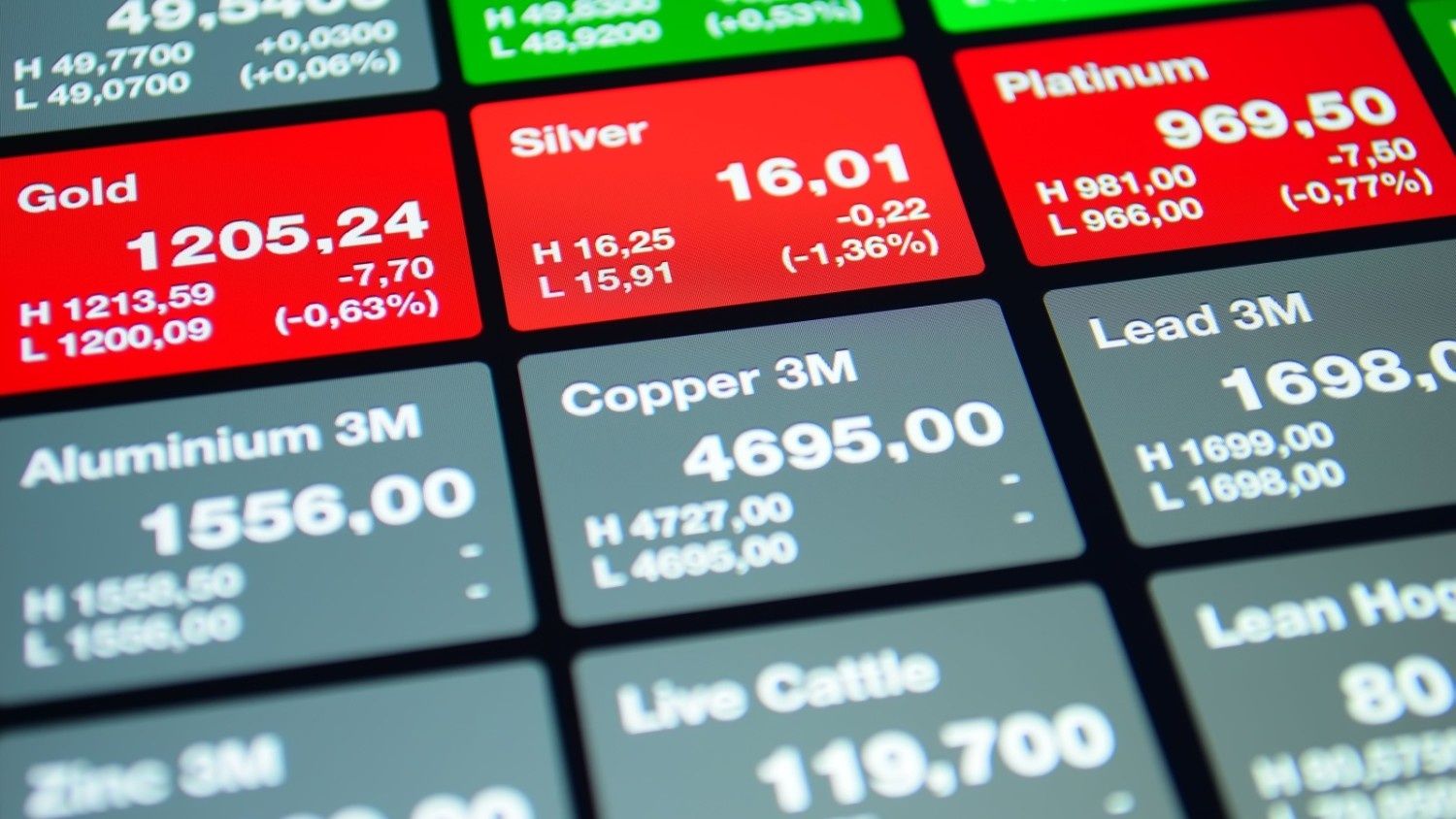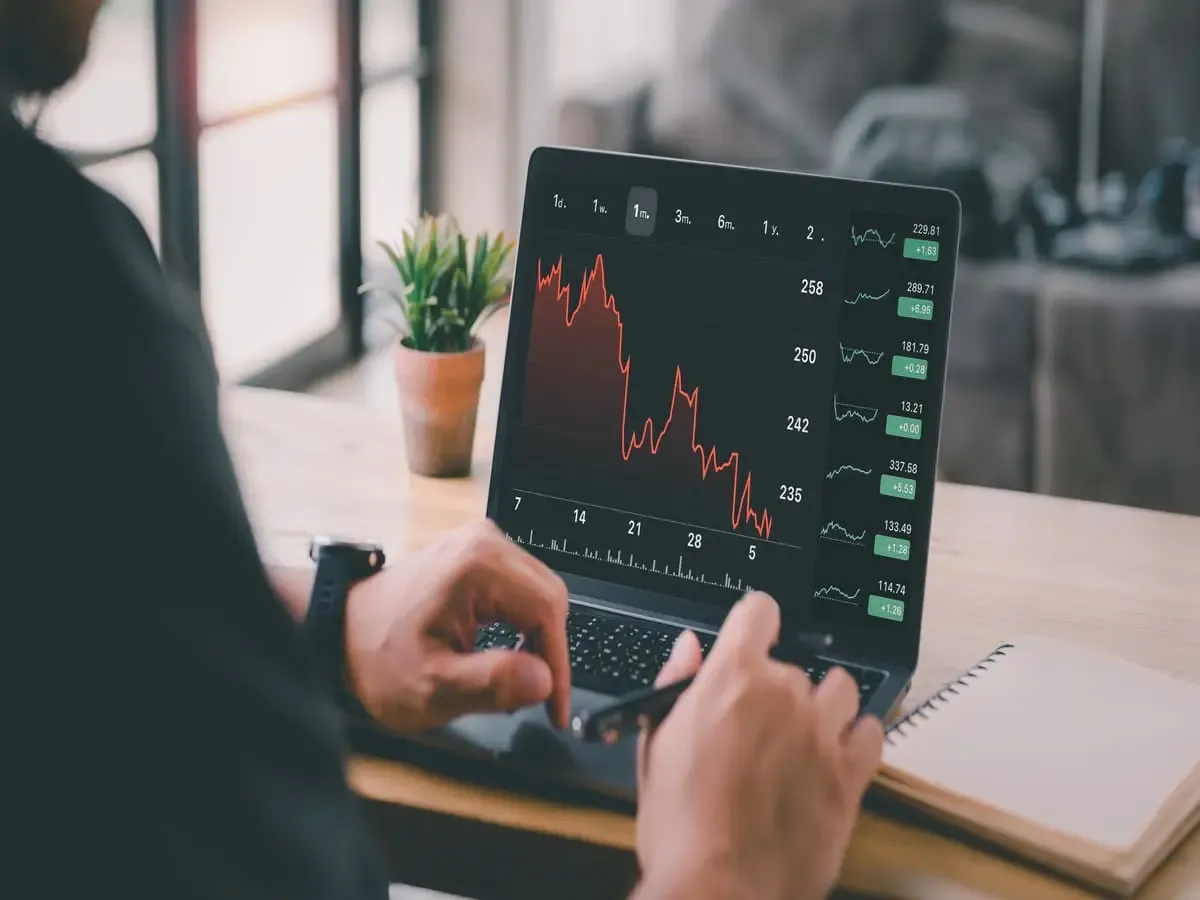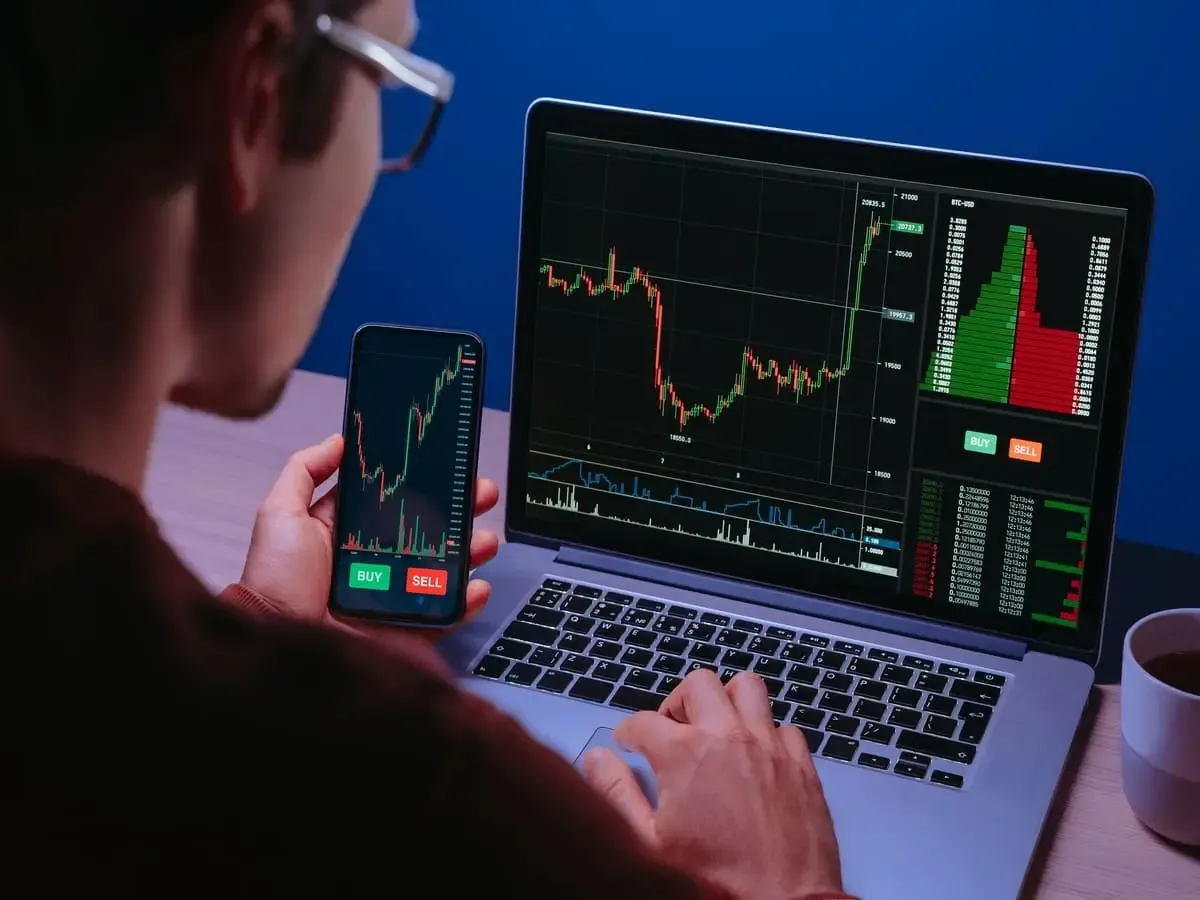What are Different Strategies for Futures Contracts?
Written by Upstox Desk
Published on October 28, 2025 | 5 min read

Summary
Today, a wide array of futures contract strategies offer investors abundant opportunities to thrive in financial markets. However, it's essential to evaluate your financial objectives, risk tolerance, and the prevailing market conditions to determine the most suitable strategy. Success in the complex world of futures trading requires dedicated learning and thorough research. Read on to learn more about different futures contract strategies.
Futures contracts are legal agreements between parties to buy or sell a commodity or asset in the future at a fixed price. To form strategies around futures contracts, you must understand what they are. The commodities under a futures contract can be agricultural products like wheat, rice, or oil, environmental and emission contracts like emission allowances and renewable energy credits, or financial instruments like currencies, stock indices, interest rates, etc.
Futures contracts have a standard size, an end date, and a pre-determined price. Let us try to simplify this further with an analogy. A futures contract is like 1,000 kgs of rice that needs to be transacted (either purchased or sold) by a specific date in the future. Also, a sum of money known as a margin needs to be given at the time of the contract as a safety deposit to help cover potential future losses, if any. You can check the value of the contract along with gains or losses as they are updated daily based on the current market value.
Understanding futures contracts strategies
Now let us dive into the different futures contract strategies to empower you to participate in the global markets as a hedger, investor, speculator, etc.
-
- Long Futures (Buy and Hold): Also known as buy and hold, this strategy helps you gain from the price increase of a certain commodity or asset over time. This is a simple strategy where an investor or trader needs to take a long position in a futures contract by buying a commodity or asset. You also need to hold the asset for an extended period, typically until the contract expires or reaches its end date.
-
Short Futures (Sell and Hold): Also referred to as a “sell and hold” futures contract, this helps you profit from the dip in the price of the asset or commodity over some time. This strategy is suitable for an investor or a trader who likes to take a short position in a futures contract and hold a sold item till the very last point. During this period, you must refrain from any active trading or adjustments.
-
Hedging: This is for an investor, trader or the owner of a business who wants to protect their investments from potential market ups and downs and manage unwanted risks. Hedging reduces the impact of price fluctuations on financial positions by identifying the risks and adjusting accordingly. This is done with appropriate hedge instruments like swaps, futures contracts, option contracts, forwards contracts, etc., that offset volatility.
-
Spread trading: This approach is a great way to reduce risks as you simultaneously take a position in two or more futures contracts. The spread is the price difference between the contracts that eventually leads to a profit. This strategy helps you to reduce your risks, hedge positions, and gain from price differences within the market. The main types of spread trading are intra-community spreads, inter-community spreads, and interexchange spreads.
-
Speculation: If you want to take advantage of anticipated price movements in the assets market, speculation in futures contracts is an appropriate trading strategy for you. While a hedger essentially uses futures contracts to manage risks, speculators do not physically get involved in the process of buying and selling commodities and assets. A speculator bets on the direction of the price of a particular commodity or asset, which when predicted accurately, earns them a profit.
-
- Arbitrage: Another strategy that helps you gain from the discrepancies in the price market is arbitrage. In this, you buy a low-priced commodity or asset in one market only to sell it at a higher price in another. The price difference thus becomes your profit. However, you need to have a good understanding of the prices in different markets to be aware of such arbitrage opportunities. Note that this information can often differ due to numerous inefficiencies like information distribution lag.
-
Trend Following: If you are fond of tracking market trends, you can try out trend following strategy. Here, you need to identify established market trends and invest based on the movements. Trends can be uptrends (bullish) where the price goes up over time or downtrends (bearish) where the price comes down. You can also use technical analysis tools to learn about market trends.
-
Day Trading: This strategy is best suited for investors focused on highly liquid markets like currencies (forex), futures contracts, and stocks which provide ample opportunities for quick trading activities. The high price volatility is a great way to make some quick money by identifying such opportunities. However, this strategy is highly prone to risks which should be mitigated by setting stop-loss orders.
To summarize
Futures contracts strategies are numerous and provide ample scope for investors to profit from the modern financial markets. To select the best strategy, you need to analyse your financial goals, risk tolerance, and market conditions. It is only through rigorous learning and in-depth research that you achieve success in the complex world of futures.
About Author
Upstox Desk
Upstox Desk
Team of expert writers dedicated to providing insightful and comprehensive coverage on stock markets, economic trends, commodities, business developments, and personal finance. With a passion for delivering valuable information, the team strives to keep readers informed about the latest trends and developments in the financial world.
Read more from UpstoxUpstox is a leading Indian financial services company that offers online trading and investment services in stocks, commodities, currencies, mutual funds, and more. Founded in 2009 and headquartered in Mumbai, Upstox is backed by prominent investors including Ratan Tata, Tiger Global, and Kalaari Capital. It operates under RKSV Securities and is registered with SEBI, NSE, BSE, and other regulatory bodies, ensuring secure and compliant trading experiences.




